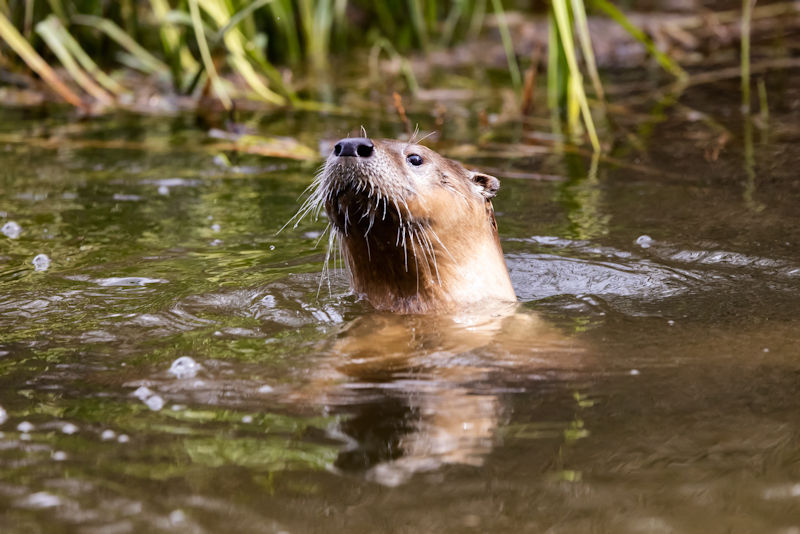In Maryland, where waterways twine like threads through the landscape, the river otter plays a curious part. These sleek, frolicking creatures, symbols of aquatic vitality, have stirred a conversation as complex as the rivers they navigate. We’re delving into how trapping, often viewed with a critical eye, can be an essential tool in managing the river otter population, maintaining ecosystem balance, and mitigating wildlife-human conflicts.
A Glimpse into Otter Ecology
River otters, with their playful antics and undeniable charisma, are more than just a charming presence in Maryland’s waterways. They’re apex predators in their aquatic ecosystems, playing a pivotal role in maintaining the delicate balance of their habitats. Understanding their ecological impact is crucial in assessing the necessity and benefits of management practices, including trapping.
The Necessity of Population Control
The question of managing river otter populations in Maryland is not a matter of diminishing their numbers without cause. It’s about understanding their rapid population growth and the subsequent strain on fish populations and other aquatic life. This growth can lead to imbalances, where the otters’ prey becomes scarce, affecting the overall health of the ecosystem.
Trapping as a Management Tool
Trapping, a practice often misunderstood, emerges as a practical approach in controlling otter populations. When conducted responsibly and ethically, trapping can ensure that otter numbers stay within sustainable limits, thereby safeguarding their prey species and maintaining a healthy ecosystem.
Reducing Wildlife-Human Conflicts
As otter populations grow, so does the likelihood of encounters with humans. These interactions aren’t always benign; otters can pose threats to fish farms, private ponds, and pose risks of disease transmission. Trapping, in this context, becomes a method to reduce these encounters, ensuring safer cohabitation of humans and wildlife.
A Harmonious Coexistence
The end goal of trapping isn’t to hinder the otter population, but to foster a harmonious coexistence between humans and otters. It’s about respecting the otter’s role in the ecosystem while acknowledging the necessity of human intervention for the greater ecological good.
In conclusion, trapping, as part of a comprehensive wildlife management strategy, holds significant benefits in maintaining the balance of Maryland’s ecosystems. It’s a testament to the complex dance of nature, where every step, every intervention, must be measured and mindful. As stewards of these waterways, our role is to ensure that the river otter continues to thrive, but not at the expense of the ecological harmony that sustains us all.

